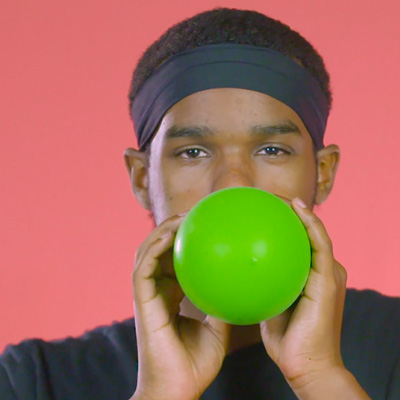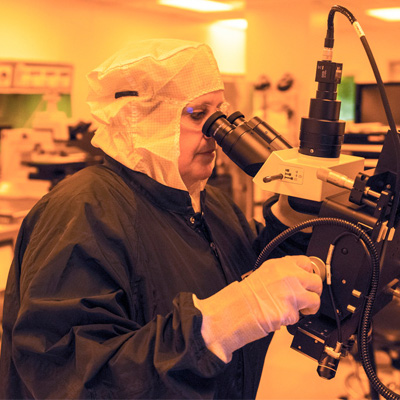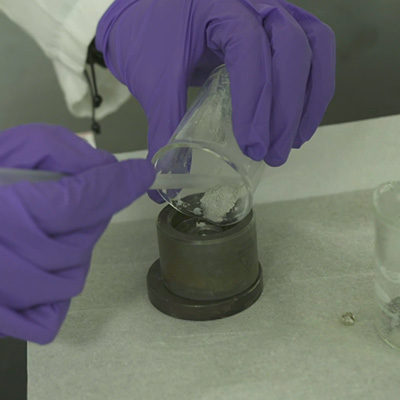Molecule Races
- Age: 5+
- Time: 30
- (Setup: 5min, Activity: 20 min, Cleanup: 5 min)
- Materials: $12
In this mission, you’ll discover how different temperatures can cause molecules to move faster or slower. Hey, some just get lazy. You’ll do this by using some balloons and your sense of smell. The winner of the race just might be decided by a nose…
Download PDF


